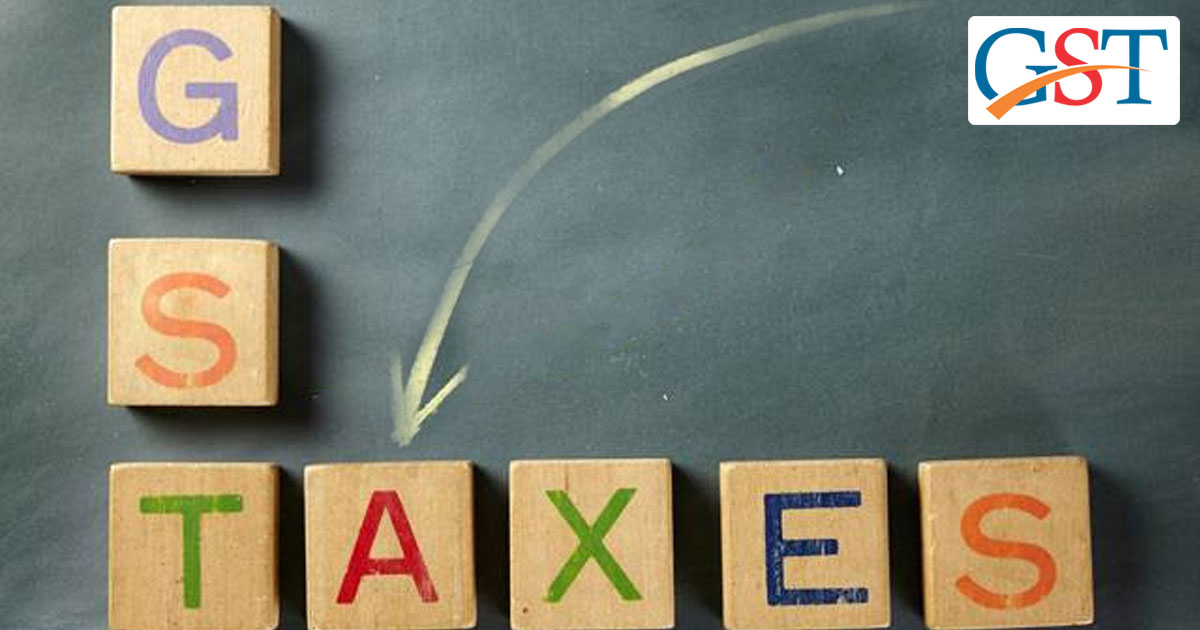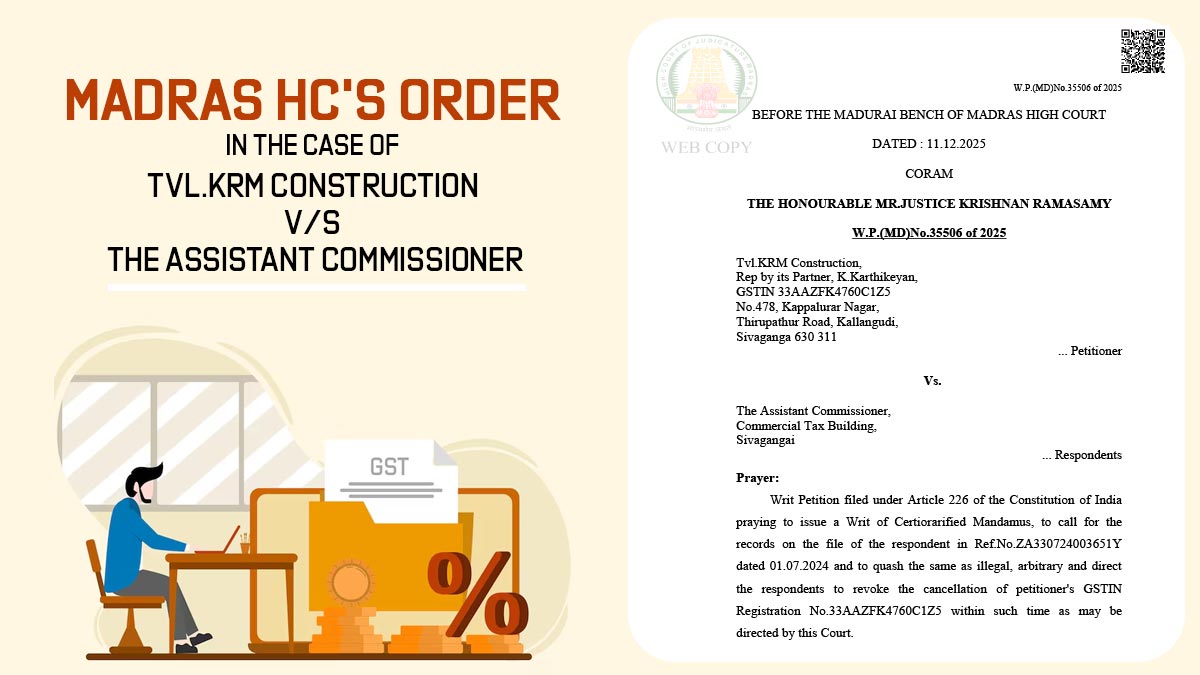After the successful completion of 23rd GST Council Meeting, now the council will focus on the lower tax slab rates under GST. As well as converting the multiple slab rates into two or three to make the new regime smooth-functioning. It is possible only when the newly implemented tax regime firstly settles down properly and there is more clarification on revenue after the improvement of rates last week.
Paint and cement are some of the items being levied with 28 percent tax rates under GST could be reduced if the tax revenue remains strong. A top official of the state government said that now the council will focus on to review the lower 5 percent and 12 percent tax rate slabs under GST.
The council will also consider the issues such as real estate and petroleum products brought under the new indirect taxation regime.
A Group of Ministers (GoM) Committee have been formulated by the government to keep an eye on the indirect tax regime since from implementation criticized for various slab rates and created a burdensome on taxpayers.
In a recent GST Council Meeting in Guwahati, the decision has been taken by the government officials to move nearly 178 items to 18 percent from 28 percent, it would lead to a bigger revenue loss by Rs 20,000 crore.
It was possible that some more items could have been moved to lower 18 percent slab rate but it would cause a larger revenue loss. Tax officials said that the paint and cement alone will cost around more than Rs 20,000 crores had been moved to a lower slab rate.
The state government official said, “We need revenue as well.” Other frequently used items such as air- conditioners, washing machines, refrigerators, digital cameras and vacuum cleaners are being charged with 28 percent tax rates under GST. Overall, nearly more than 50 items are still in the slab rate of 28 percent.
Chief Economic Adviser, Arvind Subramanian committee had recommended a revenue-neutral rate of 15 – 15.5 percent, although he focused more on 15 percent slab rate. It also recommended a standard rate of 17- 18 percent for most of the goods and services, 12 percent tax rates on commonly used items and high tax rates on items such as sin items and luxury goods. In 23rd GST Council Meeting, the GST tax rates have shifted to this structure. Officials said that the lower tax rates will bring stability under GST.
Recommended: Is GST Giving Extra Benefits to the Indian Consumers?
Pratik Jain, indirect taxes leader of PwC said, “GST needs to be a simple, transparent and stable tax system. Multiple rate slabs result in classification disputes as businesses attempt to classify their products in lower slabs.”
One single standard rate has been applied in some countries such as Australia, Malaysia, and Singapore. Bipin Sapra, a partner at EY said, “Single rate will remove complexity from the structure as also alleviate revenue concerns.”










